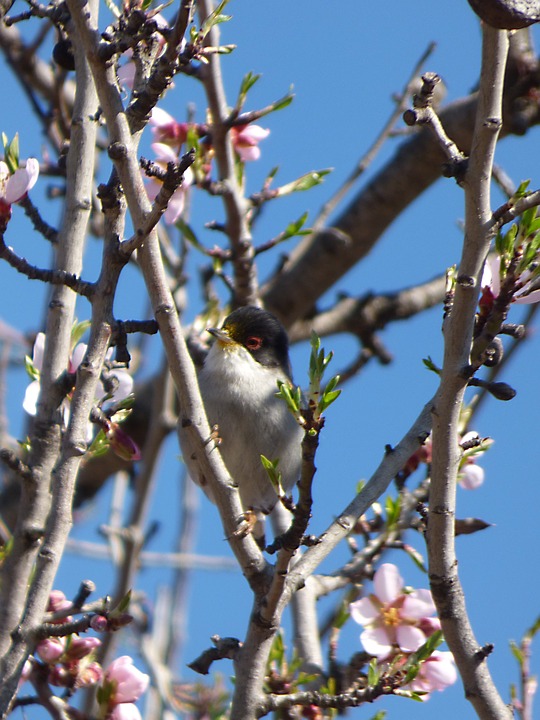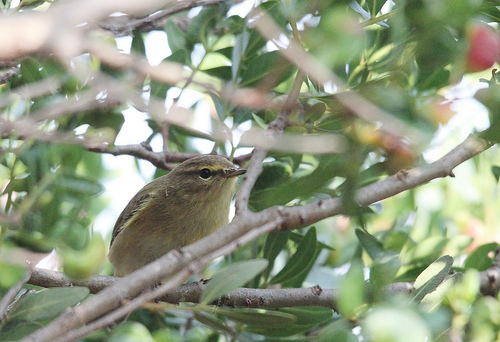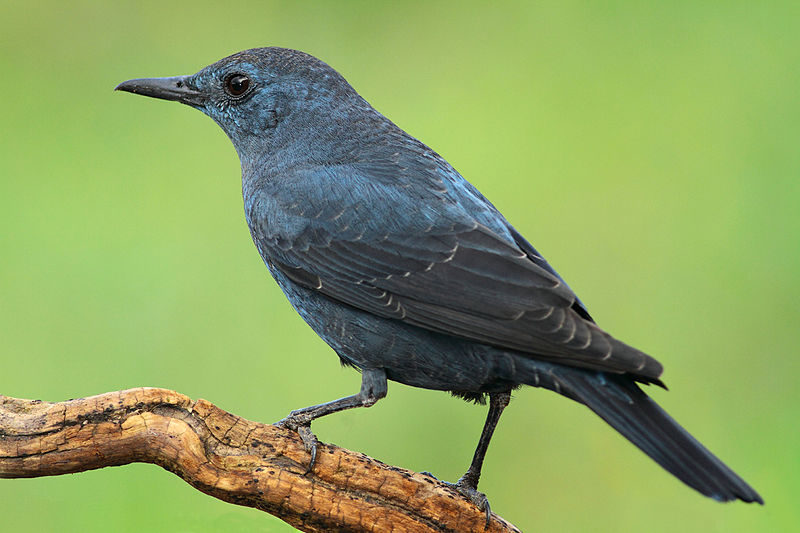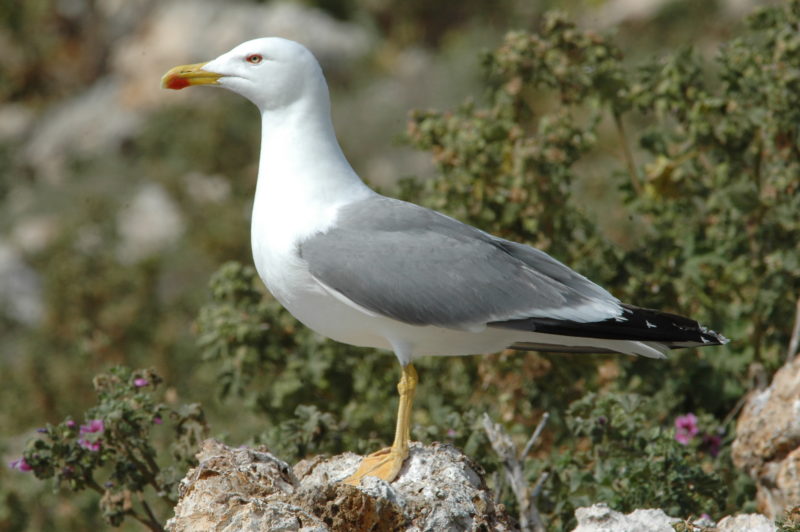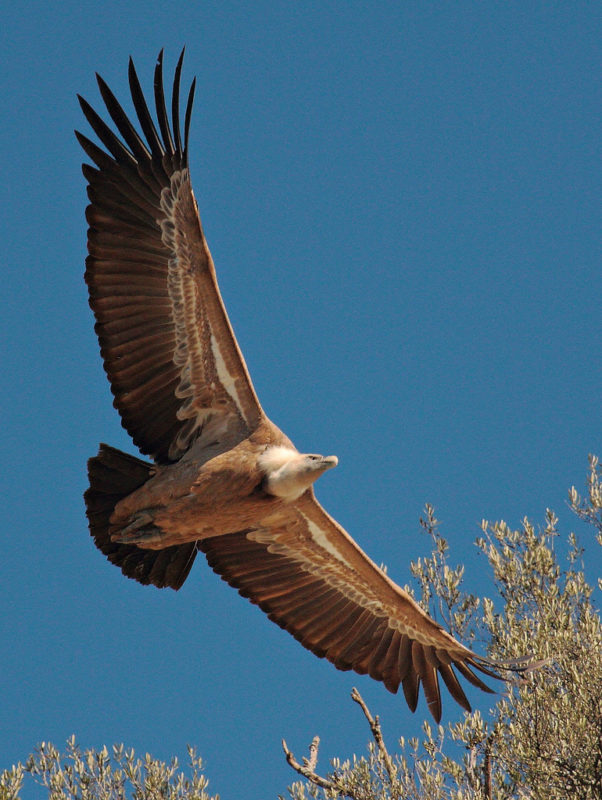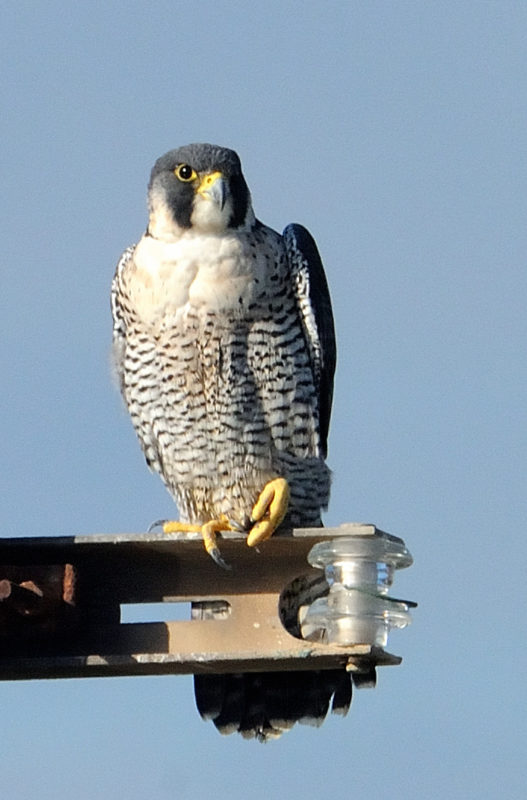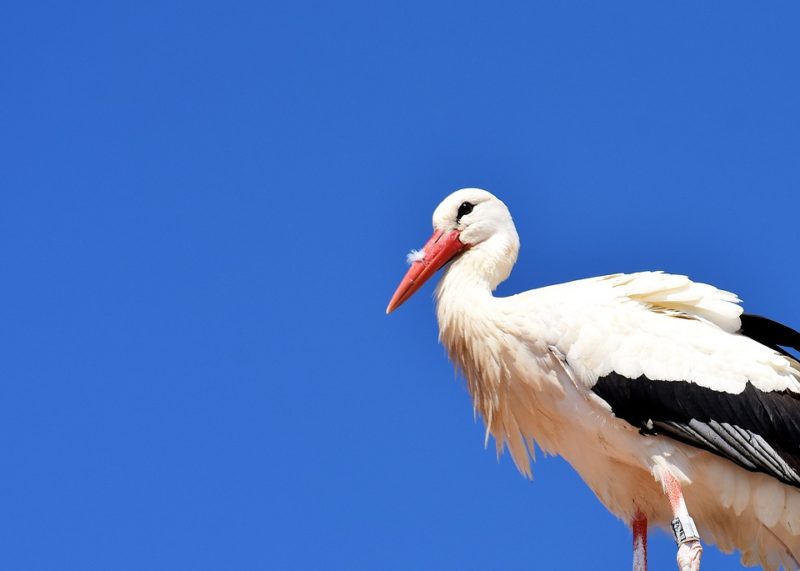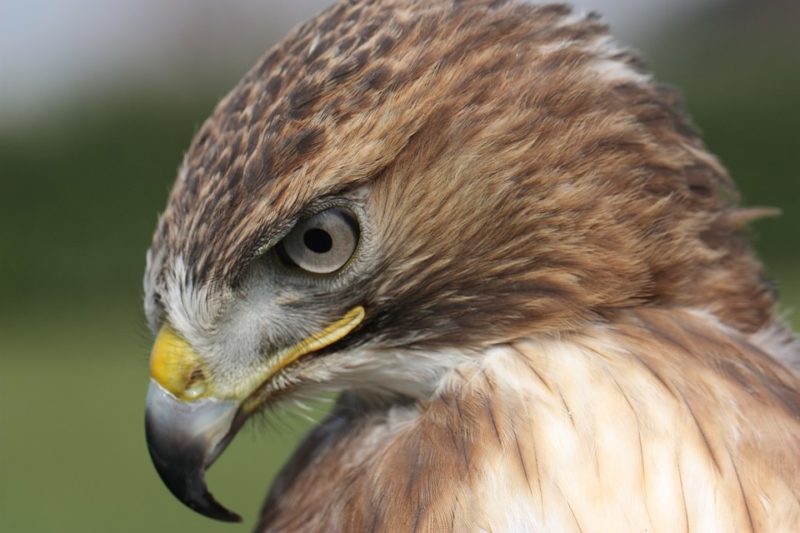The Capo Gallo Oriented Nature Reserve is home to several species of mammals, reptiles, amphibians and numerous species of birds. It is an area of great importance for birds migration both as a route and as a temporary resting place. Several species can be identified such as: the white stork (Ciconia ciconia), the european bee-eater (Merops apiaster), the cuckoo (Cuculus canorus); finally there is a large yellow-legged gull colony (Larus michahellis). Other species of birds are: the blue rock thrush (Monticola solitarius), the great tit (Parus major), the blackbird (Turdus merula) and, among the wintering bird: the chiffchaff (Phylloscopus collybita) and the european robin (Erithacus rubecula). In addition, among the Mediterranean scrub is possible to see the sardinian warbler (Sylvia melanocephata), a sedentary species present all year and the subalpine warbler (Sylvia cantillans), a migratory species that comes to nest in the summer and leaves again in the autumn, after nesting. The birds of prey instead prefer the rocky cliffs: the peregrine falcon (Falco peregrinus), the buzzard (Buteo buteo), the kestrel (Falco tinnunculus) among the diurnal species and the european honey buzzard (Pernis apivorus) among the migratory ones. The vertical walls are also colonized by nocturnal birds of prey such as the barn owl (Tyto alba), an expert in the capture of small mammals, and the tawny owl (Strix aluco), which prefers the vegetated areas. Among the birds of prey there is also the griffon vulture (Gyps fulvus), a vulture with a wingspan of almost three meters, which once nested on the walls of Pizzo Vuturo but today it is only possible to see it during transit.
Within the reserve there are some mammals such as: the sicilian shrew (Crocidura sicula) an endemism of the island, the house mouse (Mus domesticus), the wood mouse (Apodemus sylvaticus), the european rabbit (Oryctolagus cuniculus) and the red fox (Vulpes vulpes), the largest surviving mammal predator in Sicily.
At Capo Gallo it is also possible to identify, in an ancient limekiln or a tank called Urico, the Sicilian green toad (Bufo siculus), an endemic species representative of amphibians inside the Reserve.
Among the reptiles it is possible to find an endemism represented by the sicilian wild lizard (Podarcis waglerianus), which is different from other lizards due to less spotted coloring. It can also be found: the western green lizard (Lacerta bilineata, bright green), the ocellated skink (Chalcides ocellatus), also called “tiro”, and the green whip snake (Coluber viridiflavus).
In the coastal area, on the surface of water, the “marciapede a Vermeti” (trottoir Vermetus) emerges, an endemic Mediterranean formation. It is a bioconstruction of limestone shells of gastropod molluscs, belonging to the Vermetidae family, which form a sort of living sidewalk.
Le informazioni contenute nel testo sono tratte da:
– Le riserve naturali gestite dalla Azienda Regionale Foreste Demaniali. Edizioni Arbor
– Guida alle riserve naturali della Provincia di Palermo
www.wikipedia.org
http://www.regione.sicilia.it/
www.minambiente/Site_
http://www.parks.it/riserva.
Le informazioni contenute nelle schede degli animali sono tratte da:
www.iucn.it
Atlante della Biodiversità della Sicilia: Vertebrati terrestri. Collanastudi e ricerche dell’Aspra Sicilia- vol.6
Bruno Massa e altri autori.

